Ethiopia offers some of Africa’s most unique trophy species thanks to its combination of highland plateau and lowland savannah. The hunting season runs from August 1 through July 31, with the best months from early October through June; the rainy season occurs July through September. Ethiopia’s conservation model divides its hunting areas into highland and lowland zones to preserve endemic species while providing benefits to local communities.

The nation’s rugged highlands and arid lowlands host some of the rarest antelope and spiral‑horned trophies on the continent.
Highlands In the forested mountains of the central and southwestern highlands, hunters pursue mountain nyala, Menelik’s bushbuck and colobus monkey. Leopard can be hunted here but may not be importable.
Lowlands/Omo Valley The Omo Valley and western savannahs support Soemmerring’s gazelle, Besia oryx, lesser kudu, northern gerenuk, Salt’s dik‑dik, Abyssinian bushbuck, greater kudu and defassa waterbuck.
Biye Bahi Desert In northeastern deserts, hunters target desert species such as Salt’s dik‑dik and Soemmerring’s gazelle, often combining hunts with cultural tours of the Afar region.
Western Marshes Wetland areas near the Sudanese border offer hunts for Nile buffalo, defassa waterbuck and bushpig, with comfortable tented camps in lowland forests.

Because highland hunts take place at elevation and lowland hunts in hot, arid environments, Ethiopia’s safaris demand both physical fitness and adaptability. Permits are limited and planning can be complex, but the reward is a chance at species found nowhere else on Earth.
Notable Species Available in Ethiopia Include:
Ethiopia combines challenging mountain hunts with lowland safaris for rare antelope. The country’s long season and unique species, from mountain nyala to Somali gazelle—make it a bucket‑list destination for collectors. However, permits and logistics require careful planning and hunts often involve significant physical exertion in remote terrain.
Start Your Adventure



